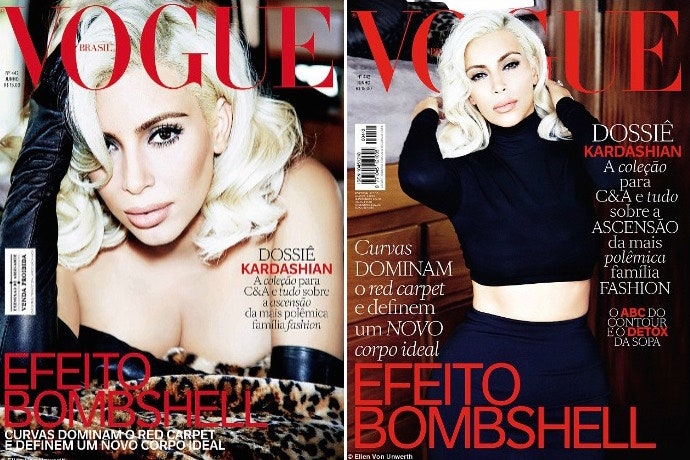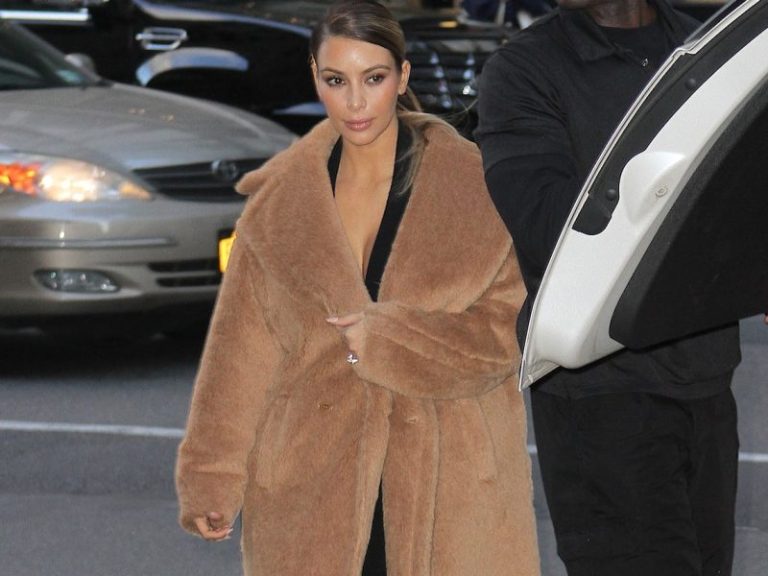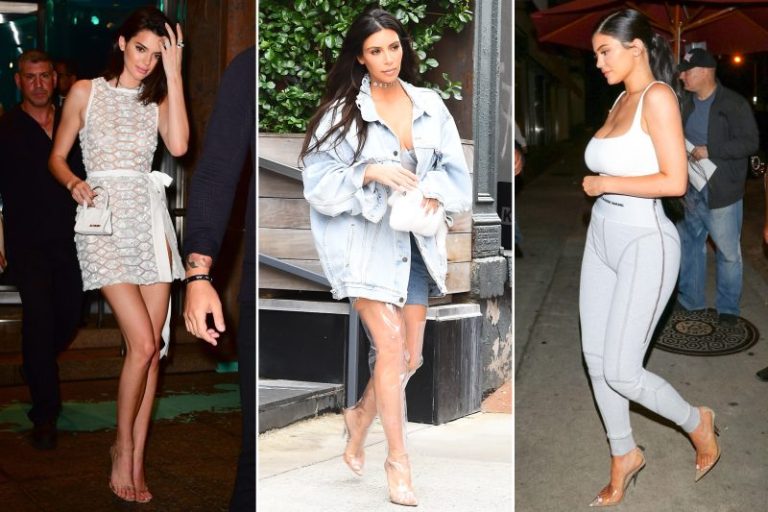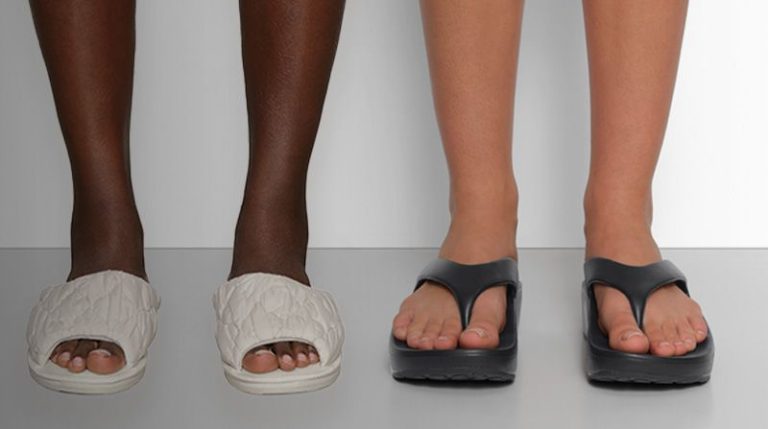The Controversy Surrounding Kim Kardashian’s Vogue Brazil Cover
Kim Kardashian, the undisputed queen of reality television turned business mogul, has always been a controversial figure in the world of fashion and celebrity. So, it came as no surprise when her recent Vogue Brazil cover stirred up a storm of debates and discussions. The iconic publication’s decision to feature Kardashian on its cover has led to a heated debate about cultural appropriation, diversity, and the ethics of the fashion industry.
Cultural Appropriation or Cultural Appreciation?
One of the primary arguments against Kim Kardashian’s Vogue Brazil cover is the accusation of cultural appropriation. Critics argue that by featuring Kardashian, a white woman, on the cover of a magazine that represents Brazilian culture, Vogue Brazil is perpetuating a harmful trend of appropriating and commodifying other cultures for the sake of fashion and profit.
Proponents of this argument claim that Vogue Brazil missed a golden opportunity to showcase the beauty of Brazilian culture by featuring a local model or celebrity. By choosing Kardashian, they argue, the magazine missed the chance to celebrate the diversity and talent that exists within Brazil.
On the other hand, some argue that the cover represents cultural appreciation rather than appropriation. They claim that Kardashian’s cover shoot was an artistic expression and a celebration of the fusion between American and Brazilian cultures. They argue that it’s essential to recognize the global nature of fashion and appreciate the way it can bring cultures together.
A Lack of Diversity in the Fashion Industry
Another prevalent criticism of Kim Kardashian’s Vogue Brazil cover is the lack of diversity in the fashion industry. Many argue that by repeatedly featuring Kardashian, a white, curvaceous woman, on magazine covers, the industry is perpetuating an unrealistic beauty standard that marginalizes and excludes people of color.
Furthermore, critics claim that there are countless talented Brazilian models, artists, and celebrities who could have graced the cover of Vogue Brazil, bringing much-needed representation and diversity to the forefront. By choosing Kardashian, they argue, Vogue Brazil missed an opportunity to challenge the status quo and make a statement about inclusivity in the fashion world.
The Ethical Dilemma of the Fashion Industry
Kim Kardashian’s Vogue Brazil cover reignites the ongoing ethical debate surrounding the fashion industry. The industry has long been criticized for its lack of transparency, unsustainable practices, and exploitation of workers in developing countries. Some argue that featuring Kardashian, a symbol of excess and consumerism, on the cover of a prestigious magazine like Vogue Brazil perpetuates these unethical aspects of the fashion industry.
Furthermore, critics question the motives behind Kardashian’s cover shoot. Is it merely a publicity stunt to generate buzz and boost sales, or does it genuinely represent an effort to bridge cultures and promote inclusivity?
The Way Forward
Ultimately, the controversy surrounding Kim Kardashian’s Vogue Brazil cover raises crucial questions about cultural appropriation, diversity, and ethics in the fashion industry. It serves as a reminder that fashion magazines and brands have a responsibility to represent and celebrate the diversity of the world we live in.
Perhaps it’s time for Vogue Brazil and other fashion publications to reevaluate their approach to cover shoots and prioritize inclusivity, diversity, and cultural sensitivity. By featuring a broader range of models, artists, and celebrities who represent different cultures, backgrounds, and body types, the industry can take a step towards dismantling the harmful beauty standards that have long dominated the fashion world.
It’s important to remember that this debate is not solely about Kim Kardashian or Vogue Brazil but reflects more profound issues within the fashion industry as a whole. Only by addressing these issues head-on can we hope to create a more inclusive and ethical fashion landscape.





